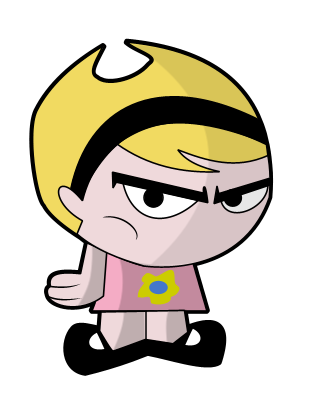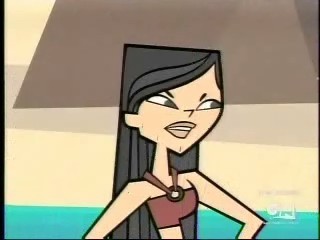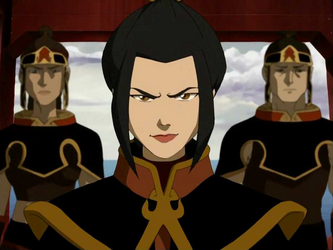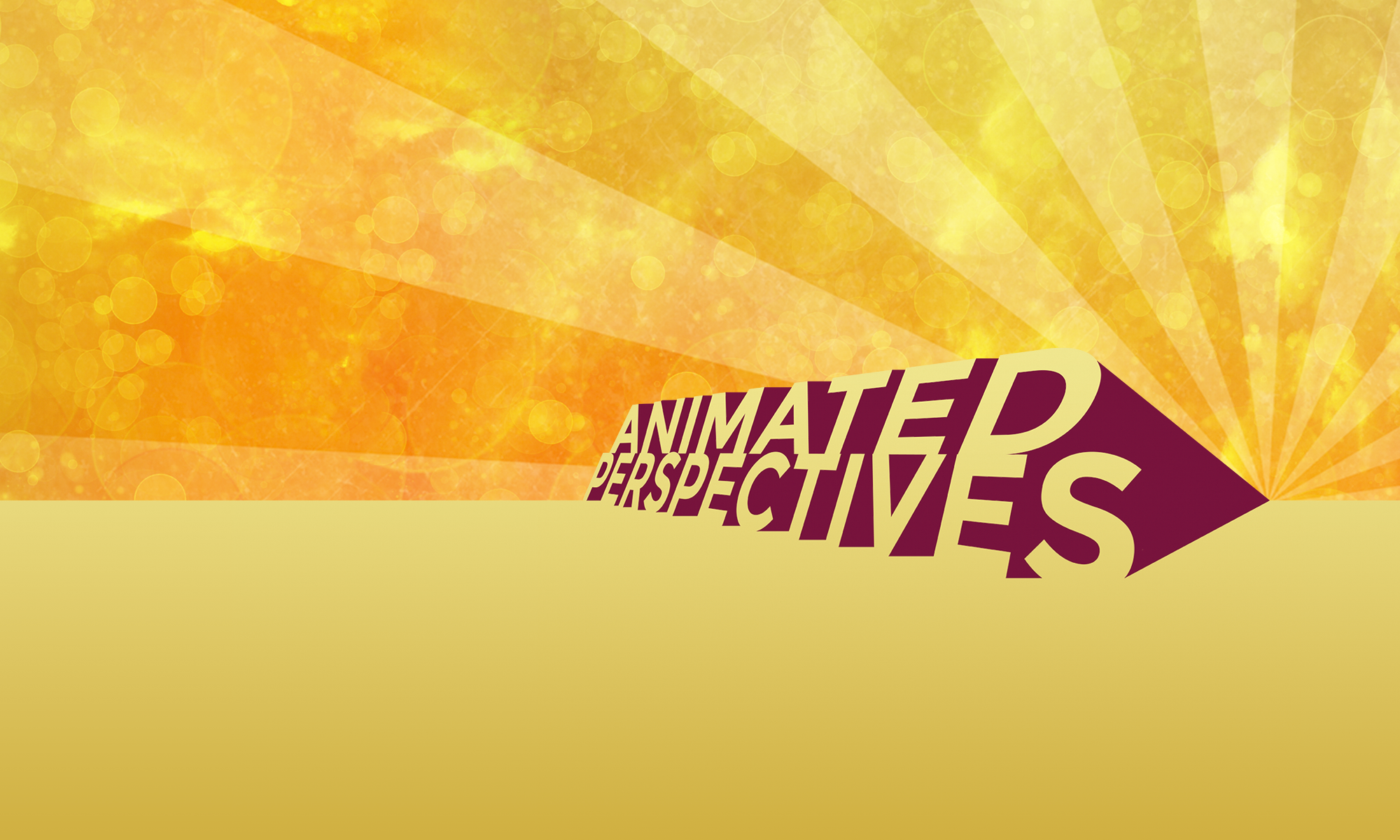In Animation, mostly if not all lead characters are “strong” men who go save the damsel in distress. The damsel in distress is represented as perfect standard of beauty, and their only dimension to their personality is being nice and thankful for being saved. We see this in movies, mainly from Disney like Cinderella, Snow White, Sleeping Beauty, etc. But, where are the womxn characters who are dynamic? Who are multi-facted and are more than just a pretty face and hot body. As a Filipino-Italian womxn, I have my own stories to tell. I know I am a talented, strong, funny, ambitious, cultural, loud woman. But, where is that side of me and other girls like me represented on the screen? For too long, we have had a one sided narrative of a strong cis white male saving the day. But, I want more than just flipping that narrative for womxn, I want animation to show other sides, perspectives, and stories of women. Stories should be shown of women even with negative feelings because that is what’s real. We are not just always happy, nice, pretty beings. We are dynamic and powerful; which should be demonstrated on screen to many other girls growing up and older women watching too. In this post, I wanted to shed light on some of my favorite womxn characters that are dynamic and challenge the norm in animation.
Mandy

Mandy, from Grim Adventures of Billy and Mandy, is a 9 year old girl from Endsville. She is very intelligent, sarcastic, devious, and quiet. She is very opposite from her best friend, Billy who is very dumb, loud, happy, and talkative. She is known to never smile, and when she does it throws off the natural order of the universe. She is an anti-hero and at times an antagonist. She can be very stubborn, unsympathetic and has a superiority complex. Mandy aspires to dominate the world and rule it cold heartedly with her intelligence and intimidation.
Mandy is a very different take on what we usually see as a little girl. She isn’t particularly designed to have a pretty face such as Disney girls. She is represented in a normal pink dress and headband like a normal young girl would wear. But, her hair is curved liked horns implying her deviousness. She is a great representation of what an average young girl would look like, but with a different take on her personality. Young girls are often represented as sweet, innocent, and cute. But, Mandy is anything but and would hate to ever be associated with any of those terms which makes her a great unique character.
Heather

Heather, from Total Drama Island, is an Asian-Canadian young adult who is the antagonist of the series. She is extremely manipulative of anyone in order to try to win the show. She knows what she wants and how to get it. She will only be kind when it benefits her. She is not a team player and is a control freak. Heather could be very rude and employs many mean girl tactics to get her way.
What Heather represents to me is one of my first representations of an Asian womxn who looked liked kind of like me. She wasn’t at all any of the usual asian womxn stereotypes. She was loud, mean, ruthless, and manipulative. She was attractive and at the top of the chain which wasn’t common in animation at all. An attractive asian womxn villain was not a thing, and her character serves as a showcase of successful asian representation without stereotypes.
Azula

Azula, from Avatar the Last Airbender, is the princess of the Fire Nation and key adversary of Team Avatar, which was in charge of hunting Avatar Aang and her brother, Zuko. Azula is a prodigy at Firebending and a skilled strategist. She is confident, sadistic, narcissistic, and a perfectionist. She does not have empathy, and was very hostile. She has a one track mentality and has extreme composure and focus making her very cunning and perceptive. Although she was intelligent and talented, she harbored a fragile mentality because she believed her mother loved her brother, Zuko, more than her and thought she saw her as a monster. Living in an environment where she received no affection from parental figures, her will strove her for perfection and maintaining relationships through cruelty and fear.
Azula is a great representation of a character who was given a multi-facted story that explained why the way she was. She was given a narrative where she was strong, talented, and powerful yet the deeper aspects of her personal life hindered her success in relationships and for the throne. Azula was often seen as this cruel, power obsessed girl who’d do anything to win, but there were moments where she broke down, where you can see her be heartfelt, or a normal teenage girl. Azula for me was my first animated character who I saw a girl as strong, with crazy abilities, and had layers to her.
Why is this occuring?
In Animation, a huge problem is making the female characters sexualized and a separate entity as a narrow role. Lino Di Salvo, the head animator of Frozen, even said himself, “Historically speaking, animating female characters are really, really difficult, because they have to go through these range of emotions, but they’re very, very — you have to keep them pretty… So, having a film with two hero female characters was really tough.” This statement is very telling of what the current perspective character designers in the animation industry have of the need for female characters to be pretty and that there is one standard of beauty in the industry. This limits the designs and concepts of female characters due to pressure from marketing where the decisions are dictated by mostly men who have the most say. And due to scarcity of female leads, no one notices the one formula of beauty for female characters and the lack of willingness to attempt to make something different. The need for female characters to be beautiful was very apparent in early 90s and 2000s shows where the male gaze was apart of even more “feminist” shows like Powerpuff Girls and My Life as a Teenage Robot. In Powerpuff Girls, to offset their female anger the designs and aesthetic would be hyper-feminine and pretty like bright backgrounds, or ultra pretty representations of their abilities. In My Life as a Teenage Robot, Jenny struggles with being beautiful or being a strong super-hero. Should she wear a pretty human girl exo skin or be herself? This dilemma illustrates the message that women can’t be both.
Although many animated shows and films have included womxn, they are often one-sided, forgettable, and are one standard of beauty. By providing diversity within a department where more female artists can dictate new perspectives and ideas of the female narrative and look. There can be new concepts and fresh looks to the industry that many kinds of people are wanting to see. It is very important to show complex personalities, cool character arcs, relevancy on their own, and diverse looks because without that it disempowers females and sends the message that we can’t and aren’t able to have those things.
Sources:
https://dotandline.net/sexism-in-cartoon-women-554b37de01f9

In light of the documentary we watched in class, Miss-representation, I was definitely surprised by how shockingly small the diversity of personality and body image that are portrayed of female characters that we would see in the main stream media. I think this article addresses a good point on how girls aren’t always positive and they are not always “beautiful”. Azula, Heather, and Mandy all seem like complex characters that we need more of in mainstream media.
I like the female characters you used as examples. Azula and Mandy are some of my favorites. And I agree especially with your point about attractiveness of female characters always being put forward as a necessity, even, a lot of the times, before writing a well fleshed out character. In general I just feel like entertainment companies feel the need to only show characters that are conventionally attractive, which is a shame in animation because you have a real opportunity to show people of (literally) all shapes in sizes. Or better yet, just show people which look like normal, everyday people. It gets so tiresome watching characters that all look the same, especially female characters. I think personally I end up gravitating towards female characters that have a personality or physical trait that stands out from other characters, it’s just a shame that’s so rare.
Hi – this was such a great read.
The journal you wrote reminded me of what we learned in class last week – how female leads in Disney movies can be super anti feminist (esp. Cinderalla, Sleeping Beauty, Snow White). In my opinion, I find all the disney princess to strangely look alike, which shows there is a narrow standard of beauty – the big eyes, round and baby faced, tiny button nose, hour glass body, and non existence waist. The male characters for sure have different face shapes such as varying jaw lines, noses, and body build. Why can men have so many types of acceptable standard of beauty but not woman? Also the Disney princesses are all supposed to show small children about how to be nice and pretty, but that is not what all females should be like – they need to have more a personality. You stated some animation examples (Mandy, Heather, and Azula) who are characters that have a real powerful personality and is just not a pretty face. Girls need to look up to various types of women – not women who are just pretty and do not fight for themselves. Girls must understand at a young age that they can not wait for a man to take care of them – they need to be independent. Women are complex and can handle so much more than just being a pretty object.
Natalia,
I enjoyed reading this piece. I had completely forgotten about some of these characters, but Mandy was one of my favorite female characters as a kid! I think that we are starting to see animated female characters who break traditional gender roles, but I do think that this trend could have a negative impact as well. In writing new female characters I think it important not to overwrite or ignore aspects of female characters that have been traditionally been seen in content. A girl can be both manipulative and caring, confident in some situations and nervous in others. American media especially loves to confine people/characters into boxes, which is completely untrue to reality. I think the best thing that American media can do for female characters and audiences at this point is write characters who are dynamic/fluid in their traits (someone can’t be brave, smart, or happy 24/7). There are some existing examples of this, one of my personal favorites is Princess Bubblegum representing the idea of a “Doctor Princess”, but we definitely have a long way to go.
I really liked your post!
This reminds me of all the Disney princess cassette tapes I buried in the forest in my backyard along with my Barbie dolls growing up. I HATED the stereotypical pretty-girls represented in animation. That’s why I wasn’t particularly interested in animation as a kid until much later in high school when I began studying it for its potential in visual storytelling.
I think in your article the stand-out note was the quote by one of the Frozen creators it reminded me of the little girls I used to babysit in high school who were Elsa-crazy at the time. One three-year-old Peanut, would always have me draw Elsa “pretty” for her and ask if she would grow up to be just as pretty as Elsa one day. I kept telling Peanut that she didn’t need to be pretty like Elsa just nice, but that didn’t convince her. Since Peanut is now five I still don’t think her attitude has changed for Elsa and is excited about the new Frozen movie. These films and these role model characters are very impactful for those just beginning to create an identity for themselves. Just as it is great to see other characters- antagonists who are diverse, multifaceted and against the norm it could also backfire with kids self-identifying with characters that are malicious, when the only other option is as you mentioned the classic pretty ‘damsel in distress’.
I hope that for kids like Peanut and others to follow her that they can see a diverse representation of lots of dynamic women in animation regardless of what they look like.
I enjoyed reading about the diverse womxn that influenced you and came to mind. I also find these characters close to my heart for the sake of nostalgia and being different than classic tropes of being the fragile woman. I had never thought of Heather as quite a ground-breaking character for the asian community until reading this and realizing that she was different. Even as the antagonist of some seasons of the show, she was always captivating and didn’t follow stereotypes I had been fed as child of asian characters. She was unapologetically herself, even if it was mean-spirited. She was complex and smart, which was a role that commands much more agency than the average character.
It’s really telling of the state of womxn characters when a character designer admits to struggling to not make girls “pretty”. You are totally right in which loud womxn in charge are still a rarity in media, especially animation. The characters you mentioned above were ones I enjoyed watching too as a kid, especially since they questioned what an womxn character should traditionally be like. Lately we’ve been getting more dynamic womxn characters in media, and I hope this never stops. It’s incredibly refreshing to see womxn characters with dynamic personalities.
It’s kind of sad that almost all of these “strong female characters” are the villains. It’s as if to say strong women are scary, they are evil and out of control, and delicate, weak, pretty women are good. There is definitely a more diverse range of women characters in anime rather than cartoons, but the bad representation hit really rock bottom with those ones.
Natalia – I loved hearing about your favorite womxn in animation! Out of the ones you mentioned, my favorite is definitely Azula. I loved seeing how powerful she was growing up, and in terms of strength and confidence it definitely made an impact on me. Actually, she’s the reason I wanted to start working out and stuff when I was younger! It’s so amazing to see that dynamic womxn exist in places I didn’t really register, like in Billy and Mandy and in Total Drama Island. Thank you so much for sharing this with us!